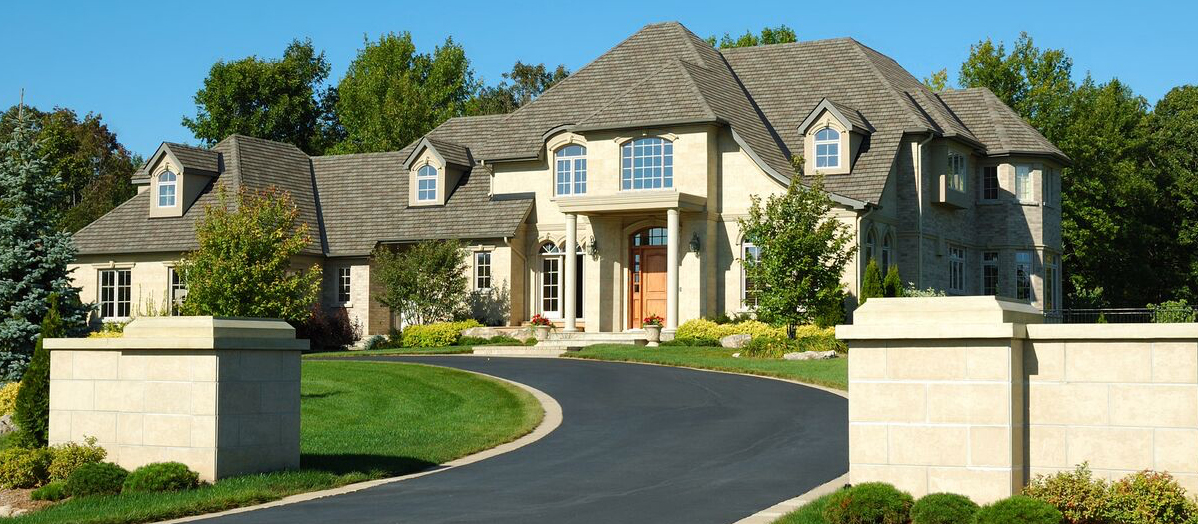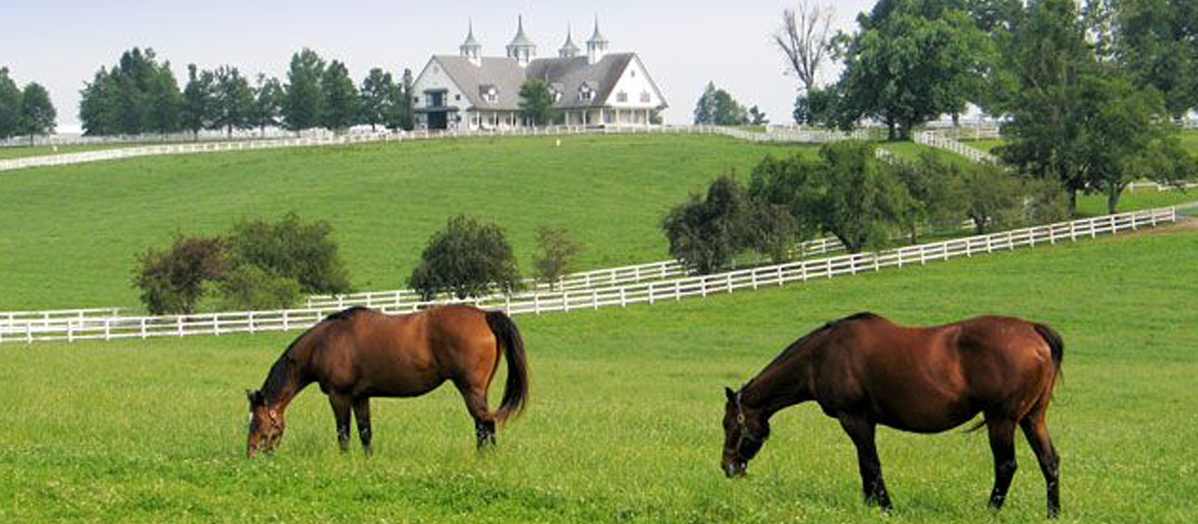365 Days in Horse Country – The Percheron

The ancestors of the Percheron, the French draft horse, existed long before the keeping of records. They may have been horses dating to the Ice Age or horses the Romans used when they invaded Brittany some 2,000 years ago. Whatever their origin, it is known that at some point mares of the Perche region of France made the acquaintance of Arab stallions, producing offspring that became widely recognized for their substance, soundness, beauty, and style.
First serving as war horses, the horse of Le Perche were in great demand for various other purposes by the seventeenth century. They were, of course, farm horses, and they pulled stage coaches at a pace of 7 to 10 miles an hour (11 to 16 km/hr), their gray and white colour keeping them visible at night. In cities, they pulled omnibuses carrying passengers. The military also expressed an interest in them, establishing a stud at Le Pin in the early nineteenth century to develop army mounts. A Percheron named Jean Le Blanc was foaled there in 1823, and all of today’s Percherons trace their lines back to him.
Not quite two decades later in 1839, the first Percherons were imported to North America. The big gray horses became favourites of farmers and freighters, but the invention of the tractor and the mechanization of farming put an end to their popularity.
A few farmers preserved the breed, and it saw a resurgence in the back-to-the-land movement of the 1600s and beyond. Today, the horses perform their traditional work on small farms, and they are an essential part of many hayrides, sleigh rides, and parades. At state and country fairs, they compete in hitching and halter classes.
To look at a Percheron is to see ruggedness and power. They can weigh up to 2,600 pounds (1,179 kg), with the average being 1,900 pounds (862 kg), and stand 15 to 19 hands high, with most between 16.2 and 17.3 hands. The lower thighs are noted for their heavy muscling. Percherons are usually black or gray, but they also come in sorrel, bay, roan, and other colours. The Percheron has large eyes; a broad, full forehead; and a straight face. The head reflects the breed’s Arabian heritage, with its strong jaw and refined ears.
The Percheron is strong enough to pull heavy loads, yet graceful enough to pull a carriage with style. It willingly carries a rider, and many are good jumpers. Tractable and an easy keeper, the Percheron has a pleasing disposition that combines pride, awareness, intelligence, and willingness to work. As its history shows, it is versatile, able to adapt to man climates, conditions, and activities.
Michael







